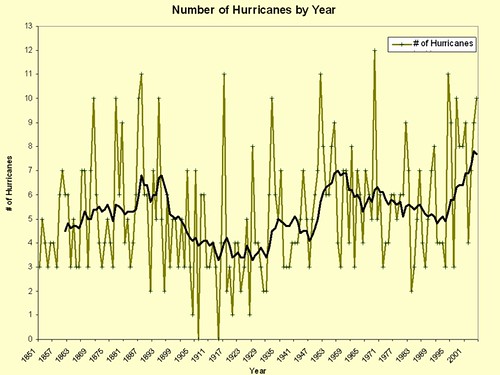One day, I'd really like to see an erupting volcano. Yes, I'm planning at some point to visit Hawai'i and see Kilauea erupting in classic basaltic shield volcano style, but I'd really like to see a massive, ash cloud, explosive, Plinian eruption. Of course, I'd like the guarantee of being perfectly safe in doing so. 🙂

We're covering volcanoes in class right now, and as a cumulative project for the volcanic activity topic, I have each student select a different volcano (I provide a list of volcanoes that have either been active fairly recently or have had some spectacular eruptions in the past), and then create a presentation as if they were a travel agent trying to "sell" a trip to their volcano to adventure travelers. They're required to have specific information about the type of volcano it is, how it erupts, etc., but they're highly encouraged to take it to the next level by including trip itineraries, cool things to do near the volcano, and so forth.In the past I've been deluged with presentations from bullet-point hell in which students simply read directly off their slides. It stinks sitting through one 5-minute presentation like that. Imagine sitting through 85-90...yeah, I was going crazy by the end of the presentations- trying as hard as I could to not punish students going later for my self-created forced torture of watching poorly designed presentations for four class periods.
This year, I made a small (but extremely significant) change. I told them they could only have 2 words MAX on each slide- and it'd be fine with me if their presentation contained no text at all (except for citations, of course). I mean it too. Most students created a title slide that looked something like this:

Nope. Can't do that. Volcano name, plus "by: your name" counts as four words (I did concede that the name of their volcano only counts as one word, otherwise whoever covers Mount St. Helens wouldn't even be able to put the name of their volcano on a slide). The classes are in the middle of designing their presentations right now, and it's been a struggle for them:
"How can I give a presentation with no words?"
"You mean I have to memorize everything?"
"What do you mean 'of' is a word? That shouldn't count, it's barely two letters!"
Students can have note cards with information for the presentations with them while they present, so they don't have to memorize, though it's amazing to me that they've been so "well"-trained at designing poor presentations. Students are still in the middle of designing presentations as I type this, and I must say they're looking pretty promising. I'll let you know how they turn out!
Resources:
- List of significant volcanoes (by no means exclusive- I generally update it each year with volcanoes that have rumbled to life recently)
- See a tour of these 47 volcanoes in Google Earth (.kmz)
- Project information (feel free to comment below with suggestions, etc.)
Image Credit: Kilauea in 1993 from the USGS
Blogged with the Flock Browser
Tags: volcanoes, presentations, lessons, projects, geology, science, design, PowerPoint




